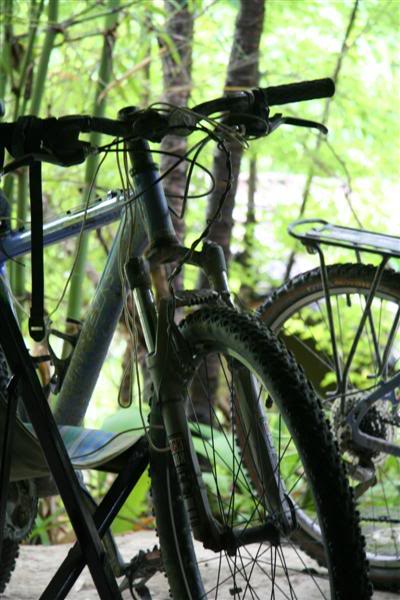Salaam!
Whilst journeying here and there, we constantly glimpse many images of what life is like in different parts of India, I have very few photos, hopefully my brief descriptions will suffice. We often see much beauty in the landscape and the flora and fauna that we pass by. Sometimes life in the countryside can seem ideallic, peaceful and serene, from what I have read it is a constant struggles for farmers to make ends meet, often getting themselves into heavy debt through money lenders because the little land that they own grows no profit.
Of rural areas: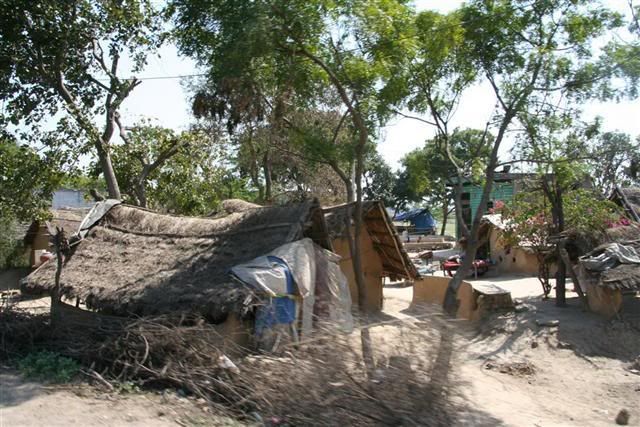
We have seen dusty unwashed children with unbrushed scraggy hair in rags and darkly stained clothes walking alone or in pairs alongside highways as traffic rages by at break neck speeds swerving. Children so young that in the UK we would not even allow them out to play at such a vulnerable age let alone walk alongside roads. Sometimes the children will be defecating, sometimes they will be carrying water, herding cattle/ goats, carrying bundles of fire wood, playing, fighting or sitting with parents.
India is a largely agricultural country, many people depend on the crops not only for food but also as a source of income. I have already mentioned the crops that we saw in Gujarat, as we rode from Udaipur to Bhopal and then from Bhopal to Gwailor we also saw an abundance of crops and vegetables growing. The roadside fields and the smell of fresh coriander growing in them filled our nostrils every now and then and it would make my mouth water and I would think of dahl or salsa. Between Udaipur and Jhalawar we saw a lot of opium poppy being harvested. The sickle is the most important piece of equipment, very rarely do we see farm machinery such as combine harvesters or winnowing machines. We often see people cutting wheat using the sickle, they will then tie it up into little bundles which are arranged in parallel lines in the fields as they work their way across the crop. A crop will be wonnowed using woven baskets, sometimes it will be laid out rather dangerously on the road so that the wheels of the traffic does the hard work. Sometimes a sickle will be attached to the end of a wooden pole which are used to pull down small branches from trees either to get the leaves for the goats or for use as firewood should there be enough of it.
We regularly see goat/ buffalo/ oxen herders taking out their livestock to be fed, often they will walk them in the highway in order to reach common ground. A man's wealth can be measured by the amount of livestock that he owns. Donkeys are at the bottom of the ladder, we have seen more women than men with donkeys. Goats are next, suceeded by bovine. We see men women or children herding. Hairy pigs are often left to their own devices normally feeding off of the piles of trash left lying around. The relationship between people and their animals is very symbiotic, a mutual relationship where both become dependent upon one another.
Yesterday a peacock ran across the road in front of us as we travelled two up on K's bike out to Fatephur Sikri. The luminescence of the blue feathers was amazing. we have seen a couple of wild peacocks now, on both occasions they were a wonderful surprise.
We have seen a lot of bicycles and motorbikes panniered with large metal urns with lids, these carry milk. Mainly they can be seen in the morning after the few cattle that the owners have are milked. The two wheelers will drive to homes and businesses delivering milk. They will pull up and with a metal ladle scoop the milk into a container owned by the purchaser, the money is exchanged and then the rider will be on their way.
In the pre-dominantly Muslim areas we see buffalo meat for sale. I saw a goods carrier rickshaw loaded with the ribs of carcasses uncovered and open to the world. In the butchers the carcass will be hanging up in the small abode often no bigger than a cupboard which serves as a business. The doorway covered with a loose piece of fabric will flap in the breeze and expose the contents inside. There is often an excessive amount of flies buzzing around the meat as well as outside the front of the shop. When somebody makes a purchase the butcher will hack away at the piece of halal, I am not sure what the meat is carried away in. These places are often dark inside compared to the light in the street, you can see a couple of people sitting on the floor talking whilst the carcass hangs next to their heads and they sit amongst the debris.
We have seen men wearing many different coloured turbans as well as different ways in which to wear them. Sikhs have them tightly wrapped with what looks like an arch formed into the front. We have seen some where the fabric is twisted and then it is loosely slumped upon the head. Some are wound and then a flat piece is placed upon the top with the last piece of fabric. Colours can be fluorescent pinks, greens, yellows, pastels or primary colours, there are also mixtures of colours, red with blue or black, there are many combinations. For as bright as the saris are in the dust or amongst the green of the fields, these turbans also stand out.
I have mentioned urns used to carry water before now. I had forgotten that they can also be made of pottery as well as plastic. The plastic urns are often a blend of two colours and their texture can look like a swirled fruit and cream flavoured boiled sweet. The plastic variety was more popular in the south.
We have seen Jain pilgrims walking alongside the road. Normally they are of the white clad sect and can be seen wearing white or cream robes and carrying a stick and an alms container. Recently we saw two naked Jain men walking with an assistant. The ascetic Jains were carrying a peacock feather each. The peacock feather is to sweep away any ants in their path so that they do not kill them by stepping on them. Some Jains even go so far as to wear a mask over their mouth so that they do not breathe in any bugs. Jains do not like to kill any living thing and the produce that they eat is also restricted. They will not wear leather and will not eat onion or garlic for example as they believe that some vegetables have souls.
As you are about to see we have seen residences made of straw, twigs or sacks tightly pulled across frames as well as brick or mud or a combination of the above. Normally they are made of any material available locally. In the cities and towns buildings are regularly made of cement.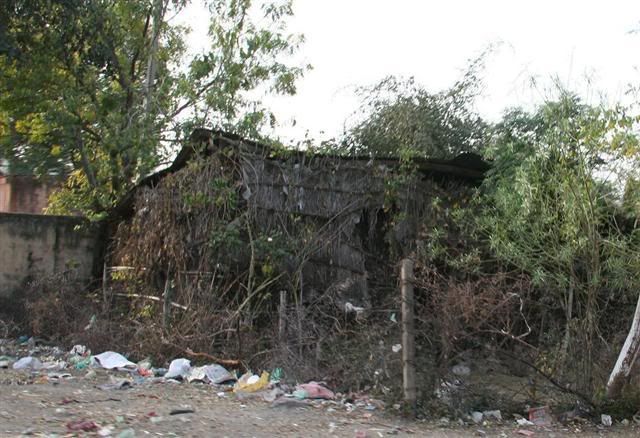
They may have corrugated roofs or thatch. There are houses made of dry stone wall, they are then covered with mud or dung in order to insulate them. 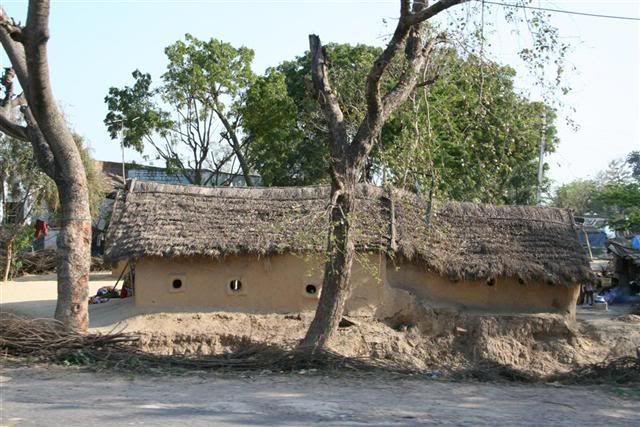
In UP and MP state many of the houses have been of this latter type, they are very low in height, often windowless with typically small doorways. Normally cattle will be out the front of the building, either roped or chained up and seem to be very much a part of the families life as much activity goes on around them.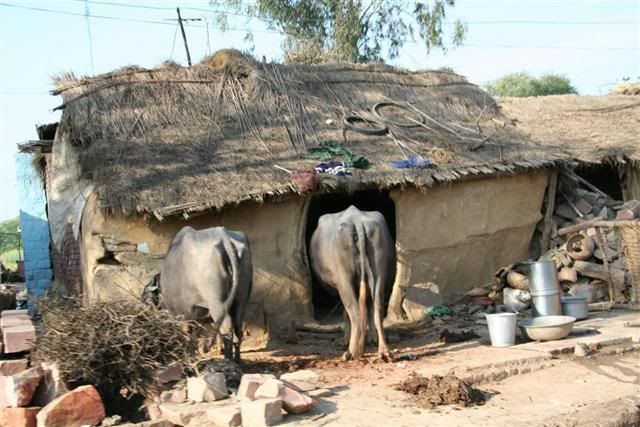
People are already preparing for the monsoons in the future. Here are some of the dung patties that will be used as fuel for fires. They are formed by hand, you can see handprints in them when you are close up.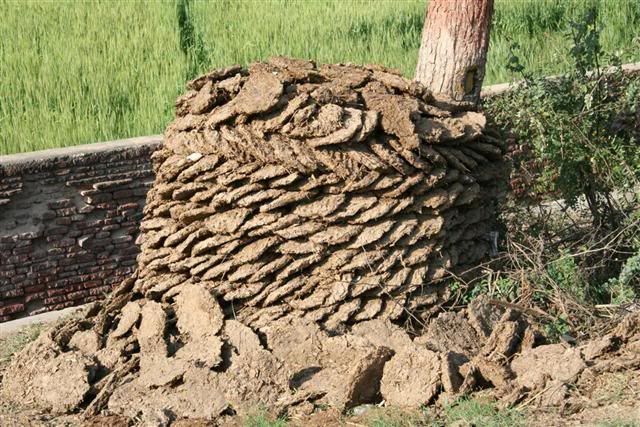
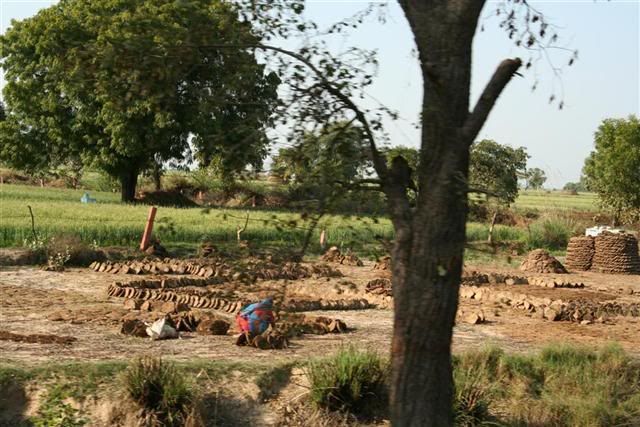
Finally here are some of the abodes that we saw as we rode from Agra. In the heavy rain they must have been dreadful, these are some of the better ones too. 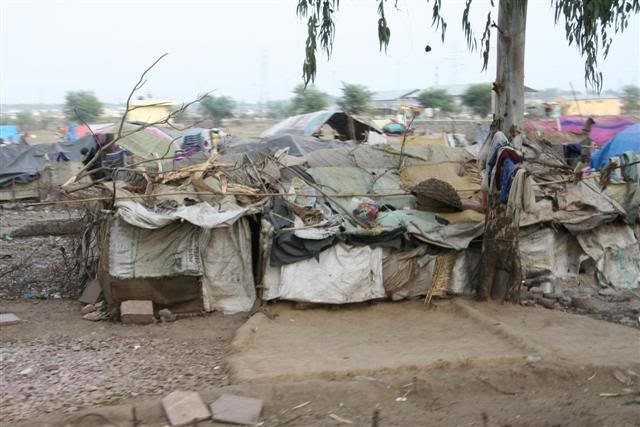


....and as we rode to Agra from Fatephur Sikri.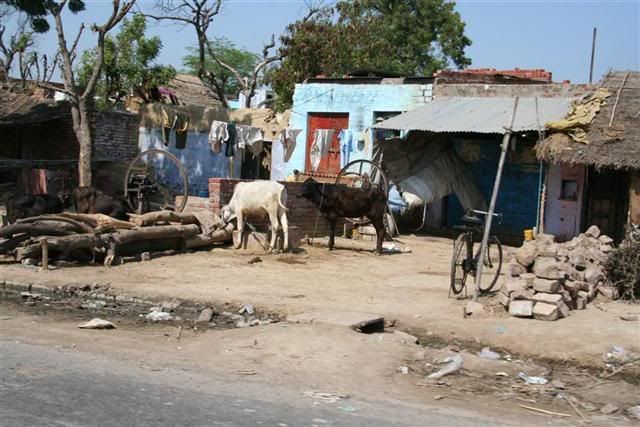
Thanks for reading.
